Description
Tomato Cherry Brown Berry
Tomato Cherry Brown Berry. A new variety delivering huge yields of unusual chocolate brownish cherry sized fruit, sweet and with a slightly smoky flavour on herringbone like trusses. Highly resistant to splitting. Came 5th in RHS magazine taste tests for all cherry varieties. Indeterminate, 75 days from transplant.
Cultivation Advice
- Start with high-quality seeds or seedlings from a reputable source.
- Plant in well-draining soil with organic matter.
- Choose a sunny location for optimal growth. Tomatoes thrive in full sunlight.
- Water consistently, keeping the soil consistently moist. Avoid overwatering, as it can lead to root rot.
- Provide support for the plants, especially as they start producing fruit. Options include stakes, cages, or trellise
- Use a balanced fertilizer with slightly higher phosphorus and potassium levels for flowering and fruiting plants.
- Follow recommended application rates and schedules.
- Cherry tomatoes generally don’t require extensive pruning, but removing suckers and some of the lower foliage can improve air circulation.
- Mulch around the base of the plants to retain soil moisture, suppress weeds, and regulate soil temperature.
- Monitor regularly for pests and diseases.
- Consider using organic or chemical controls if necessary, following recommended guidelines.
- Harvest the tomatoes when they reach full color and are slightly soft to the touch.
- Gently twist or cut the tomatoes from the plant to avoid damage.
- Tomatoes are sensitive to extreme temperatures. Protect plants from frost, and avoid planting too early in the spring when the soil is still cold.
- Consider using drip irrigation to water your tomatoes, especially if you want to keep the foliage dry and reduce the risk of foliar diseases
- If space is limited, Cherry Brown Berry tomatoes can be grown in containers. Ensure the container has good drainage and use quality potting mix.
- Consider planting tomatoes alongside companion plants like basil or marigolds, which can help deter pests.
- Keep a gardening journal to record planting dates, observations, and any issues you encounter. This information can be valuable for future season.
- Aim for a slightly acidic to neutral soil pH, ideally between 6.0 and 7.0, to ensure optimal nutrient availability for the plants.
- Cherry tomato plants, including Cherry Brown Berry, can benefit from staking or caging to keep the vines off the ground and support the weight of the fruit.
- Use organic mulching material like straw or shredded leaves around the plants. Mulch helps conserve moisture, suppress weeds, and maintain more consistent soil temperatures
- Establish a consistent watering schedule to promote even moisture. Inconsistent watering can lead to issues like blossom end rot.
- If you’re growing tomatoes in the same location each year, practice crop rotation to minimize the risk of soil-borne diseases.
- For larger varieties like Cherry Brown Berry, consider using sturdy tomato cages or tie the plants to stakes as they grow to prevent sprawling and enhance air circulation.
- Inspect your plants regularly for signs of pests or diseases. Early detection allows for prompt action and better control.
- Harvest tomatoes as they ripen to encourage continuous fruit production. Leaving overripe fruit on the plant can attract pests.
- Consider using natural pest control methods, such as releasing beneficial insects like ladybugs or using neem oil, to manage pests without resorting to chemical solutions.
- Follow the recommended spacing for planting Cherry Brown Berry tomatoes. Adequate spacing ensures good air circulation and reduces the risk of diseases.
- If you’re starting from seed, ensure the seedlings are strong and healthy before transplanting them into the garden
- Allow tomatoes to ripen fully on the vine for the best flavor. If needed, you can bring slightly underripe tomatoes indoors to ripen at room temperature
- Consider using season-extending techniques like row covers or cold frames to protect plants from late spring frosts or extend the growing season in the fall.

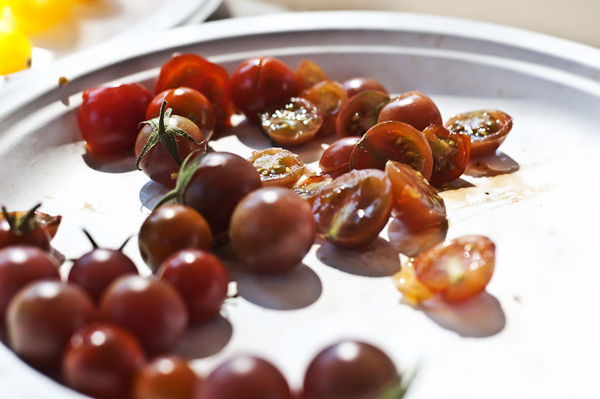
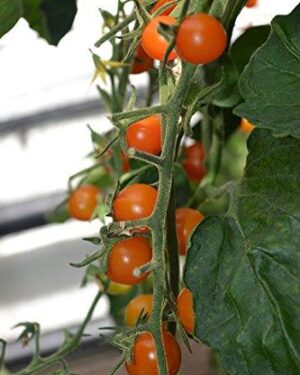
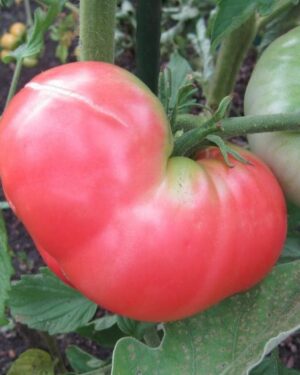
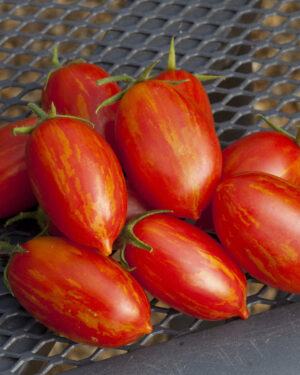
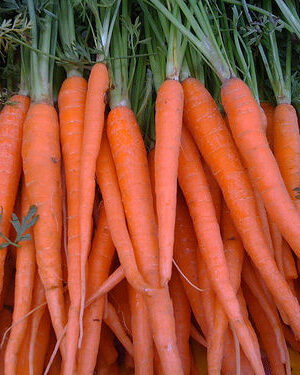
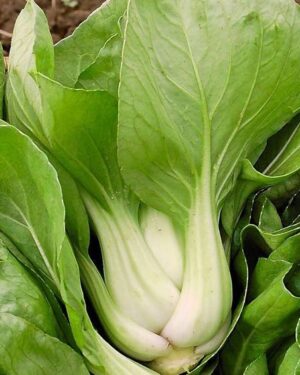
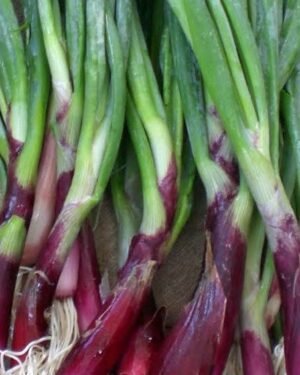
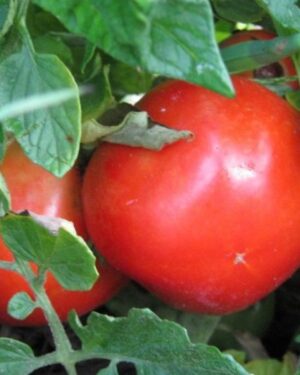
Reviews
There are no reviews yet.